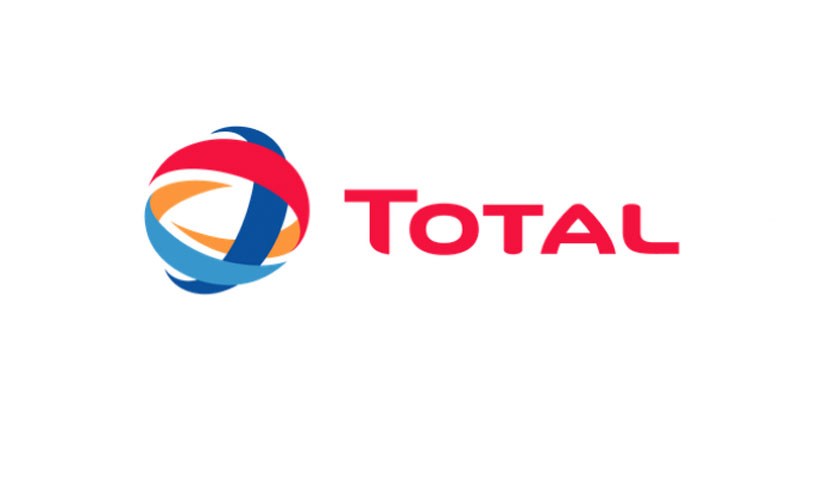After more than two years of joint research, Total, Lawrence Livermore National Laboratory (LLNL) and Stanford University release GEOSX, an open source simulator for large-scale geological carbon dioxide (CO2) storage.
GEOSX was developed using advanced new technologies in high-performance computing and applied mathematics and aims to improve the management and safety of geological CO2 repositories. Its computing performance is unmatched to date.
The open-source nature of GEOSX aims to ensure a high level of transparency, sharing and community support to pave the way for the large-scale development of Carbon Capture, Utilization and Storage (CCUS) technologies.
“We are proud of the development of GEOSX, the first tool able to simulate the geological storage of CO2 at the gigaton scale. Total researchers contributed their experience in high-performance computing and geosciences. We are making its source code openly available to provide the scientific community the means to participate in the development of CCUS,” said Marie-Noëlle Semeria, Total’s Chief Technology Officer. “GEOSX positions Total, Lawrence Livermore National Laboratory and Stanford as technological leaders in the simulation of CO2 geological storage, a major lever for achieving carbon neutrality.”
“GEOSX combines breakthrough scientific computing and high-performance technologies that will allow Total and the community to accelerate the implementation of future large-scale storage projects, necessary to achieve carbon neutrality objectives on a global scale,” said Professor Hamdi Tchelepi, Chairman of Energy Resources Engineering Department and the project’s lead research scientist for Stanford. “The innovations resulting from our joint research program open the door to a new era for the modelling of geological storage of CO2.”
“We are excited to be working with Total and Stanford to support widespread deployment of carbon capture, utilization, and storage projects. Climate change is a global challenge, and we view CCUS as a critical component in the transition to a low-carbon economy,” said Pat Falcone, LLNL’s deputy director for Science and Technology. “It is also thrilling to see the cutting-edge capabilities being enabled by our next-generation supercomputing platforms and gratifying to have created this new capability as part of such an effective relationship between the industrial sector, the research community and a national laboratory.”
